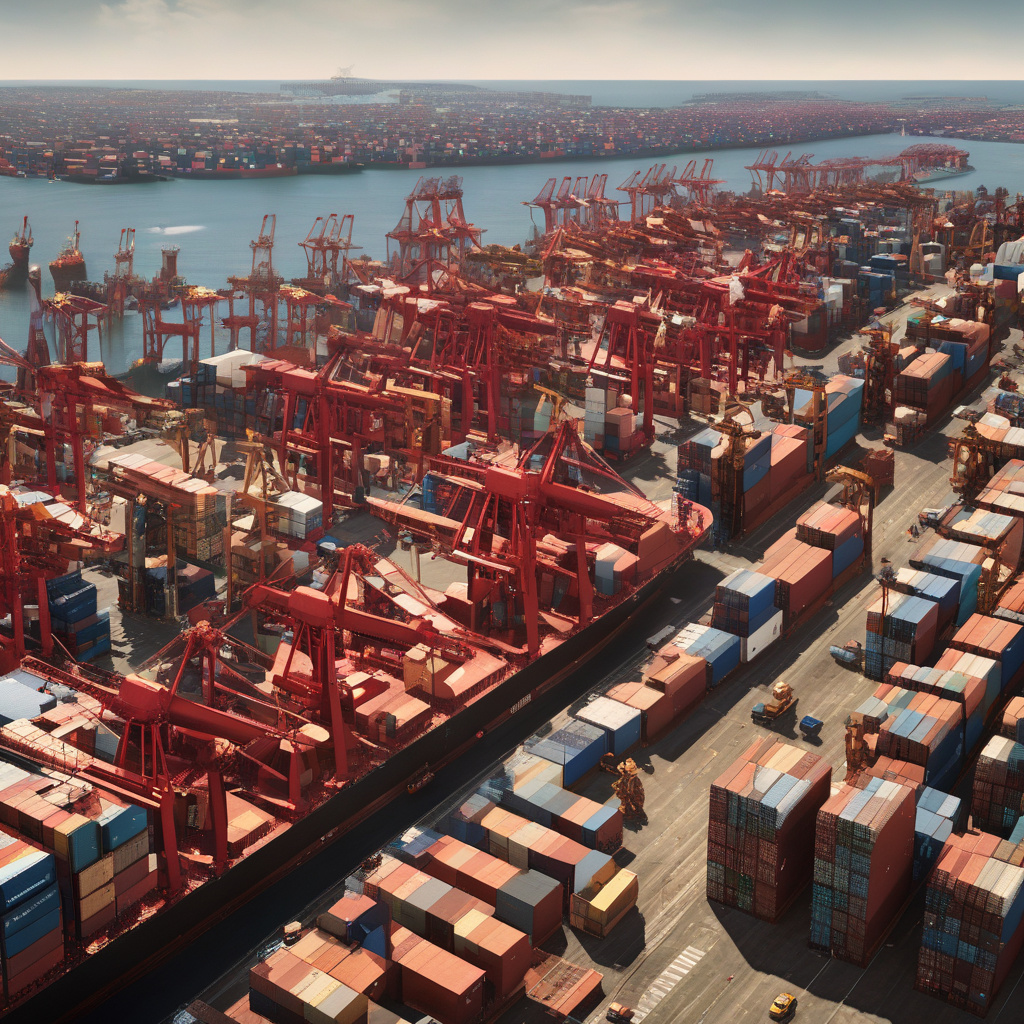The $158B Supply Chain Gap: Why Connection Matters in Times of Uncertainty
In today’s fast-paced marketplace, the fragility of supply chains has become increasingly apparent, particularly during periods of economic uncertainty. The COVID-19 pandemic exposed vulnerabilities that many retailers had previously overlooked, leading to a staggering $158 billion supply chain gap. This gap highlights the urgent need for businesses to reevaluate their supply chain strategies and prioritize robust connections within their networks.
The concept of connection in supply chains goes beyond mere logistics; it embodies the relationships among suppliers, manufacturers, distributors, and retailers. The pandemic disrupted these connections, leading to delays, shortages, and increased costs. As a result, many retailers have realized that building resilient connections is not just beneficial but crucial for survival.
One of the primary reasons for the supply chain gap is the lack of transparency among stakeholders. When retailers do not have clear visibility into their supply chain operations, they cannot make informed decisions. For instance, a retailer may order inventory based on historical sales data without accounting for sudden spikes in demand or supply disruptions. This disconnect can result in overstocking or stockouts, both of which are detrimental to a business’s bottom line.
To address this, retailers should invest in technology that enhances supply chain visibility. Advanced analytics and real-time tracking systems can help retailers monitor their supply chain’s performance and respond swiftly to disruptions. By leveraging data, businesses can optimize their inventory levels, improve demand forecasting, and streamline their operations. For example, companies like Amazon have set the standard by utilizing sophisticated algorithms to predict customer demand, allowing them to maintain optimal inventory levels and avoid the pitfalls of stockouts.
Moreover, fostering collaboration among supply chain partners is essential. Retailers should strive to build strong relationships with suppliers and distributors to create a more cohesive network. Collaborative planning can lead to shared insights and better alignment of goals. For instance, if a retailer shares its sales forecasts with suppliers, they can collaborate on production schedules, minimizing the risk of shortages. This kind of synergy not only enhances efficiency but also fosters trust and loyalty among partners.
Another critical aspect of building resilient connections is the diversification of supply sources. Relying on a single supplier can leave retailers vulnerable to disruptions, such as natural disasters or geopolitical tensions. By diversifying their supplier base, retailers can mitigate risks and ensure continuity of supply. For example, during the early days of the pandemic, many companies faced significant delays due to their dependence on suppliers in specific regions. Retailers that had diversified their supply chains were better equipped to navigate these challenges.
In addition to diversifying suppliers, retailers should also consider local sourcing as a strategy to enhance resilience. Local suppliers can provide faster turnaround times and reduce transportation costs. This approach not only shortens lead times but also supports local economies. Brands like Patagonia have successfully implemented local sourcing strategies, allowing them to respond quickly to changing consumer demands while minimizing their environmental impact.
Lastly, investing in employee training and development is vital for creating a resilient supply chain. Employees who are well-versed in supply chain management are better equipped to handle disruptions and adapt to changing circumstances. Retailers should prioritize ongoing training programs to ensure their teams are knowledgeable about the latest technologies and best practices in supply chain management. This investment can lead to improved decision-making and greater overall efficiency.
In conclusion, the $158 billion supply chain gap serves as a wake-up call for retailers to rethink their supply chain strategies. By emphasizing connection through transparency, collaboration, diversification, local sourcing, and employee training, businesses can build more resilient supply chains. In uncertain times, it is these connections that will enable retailers to navigate challenges and seize new opportunities, ultimately fostering long-term success in a competitive marketplace.
supplychain, retail, resilience, businessstrategy, collaboration
